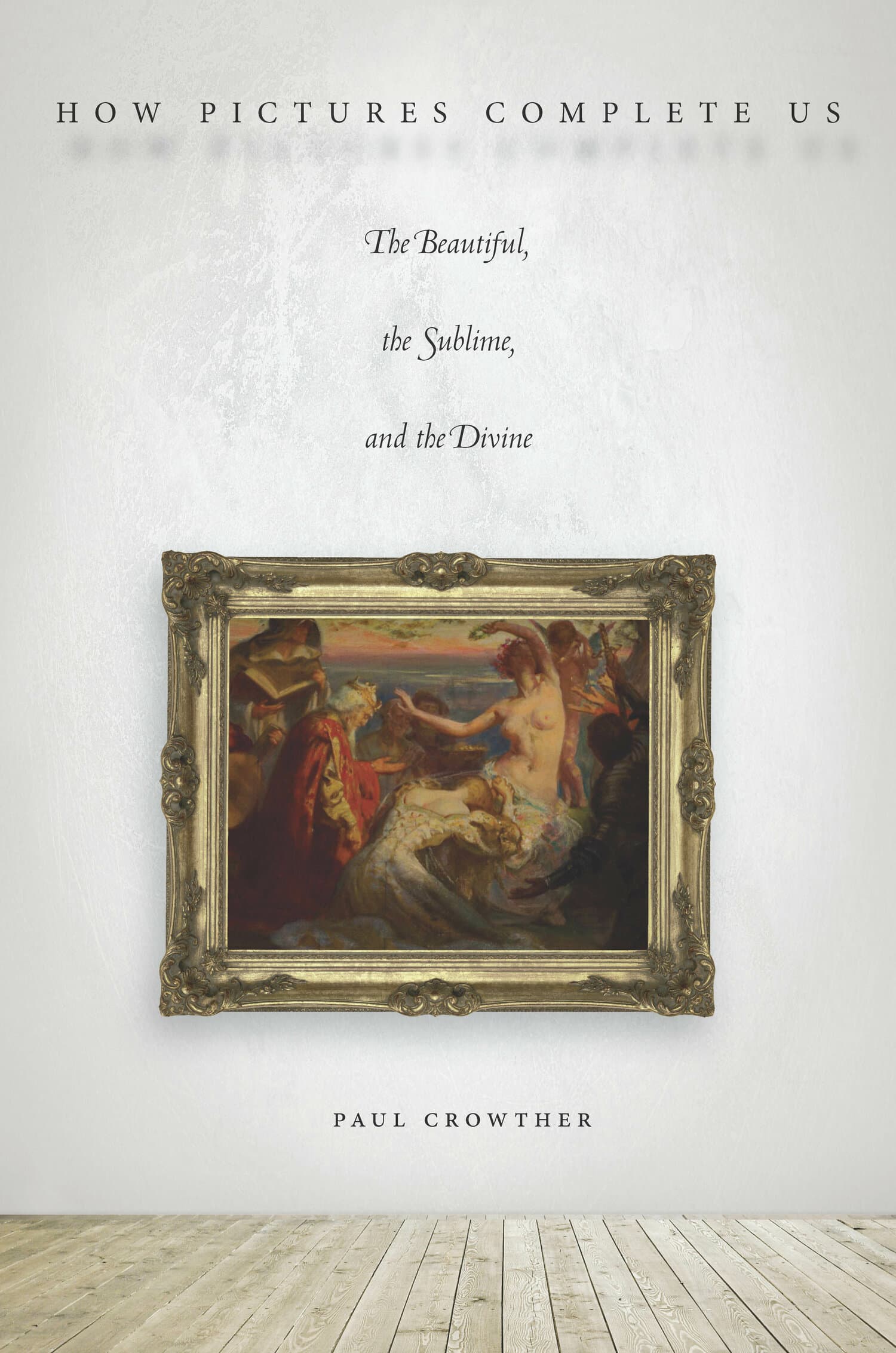Phenomenology of the Visual Arts (even the frame)

Why are the visual arts so important and what is it that makes their forms significant? Countering recent interpretations of meaning that understand visual artworks on the model of literary texts, Crowther formulates a theory of the visual arts based on what their creation achieves both cognitively and aesthetically. He develops a phenomenology that emphasizes how visual art gives unique aesthetic expression to factors that are basic to perception. At the same time, he shows how various artistic media embody these factors in distinctive ways. Attentive to both the creation and reception of all major visual art forms (picturing, sculpture, architecture, and photography), Phenomenology of the Visual Arts also addresses complex idioms, including abstract, conceptual, and digital art.
"Phenomenology of the Visual Arts (even the frame) speaks to the present moment of speculation about visual art, both by the critique of currently prominent art theories and by giving a convincing new theory that is at once more generous and more nuanced than previous efforts. Highly original and yet confirmatory of virtually every experience of art, this book is a singular contribution to contemporary theory of the visual arts." —Edward S. Casey, SUNY at Stony Brook
"This is perhaps the most systematic phenomenological theory of the visual arts ever written. A book of philosophic meditation that makes direct contact with art history and art criticism, it will be the center of discussion and controversy by a very wide range of contemporary art historians, critics, artists, and theorists." —James Elkins, School of the Art Institute of Chicago




